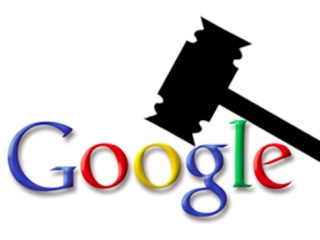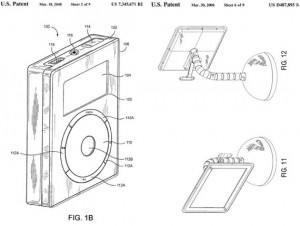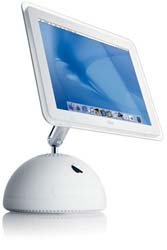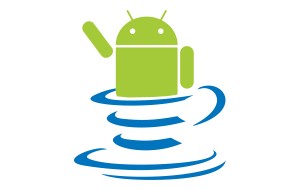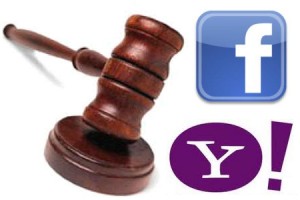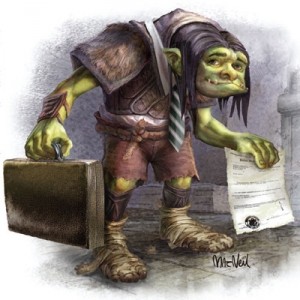
Just your friendly neighborhood patent troll. Beautiful image courtesy of WIPO illustrator, Bob MacNeil
A post from our student blogger Roberto
Staying up to date on intellectual property news is tough. In a field centered on the advancement of technology it’s no surprise that there are things always going on. Doing a quick search on Google for “Intellectual Property” returned more than 15,500,000 results in the “news” category alone. Lately, one of the most trendy and talked about topics is “patent trolls”, which are also known as “non-practicing entities” (NPEs) because of their tendency to never actually produce a product covered by the patent, and “patent assertion entities” (PAEs). The term “troll” is pretty descriptive and, even without any further understanding of the concept, one immediately conjures up a negative image in their head. For instance, some may imagine a mammoth forest green creature with warts the size of golf balls covering them from head to toe whom is wielding a massive sand barbaric wooden club. Taken in a patent law context, that creature with warts is often a corporation swinging around the weight of its potentially damaging patent portfolio. In many instances, patent trolls are corporations that acquire and own patents simply for the purpose of chasing down potential “infringers” and doing all they can to get the most money possible out of them. At first, many of these trolls send the infringing entity a letter asking for a reasonable royalty to continue doing whatever it is the troll believes is infringing their patent. Now, either the “infringing” company gives in to the troll’s demands or they do nothing and wait for the troll to potentially file a lawsuit against them. Often times after not getting their royalty, the trolls file lawsuits which, in the end, cost companies on average around $2M. While some large corporations can easily absorb that cost many small startups cannot and are permanently crippled as a result.
While patent trolls have existed for a long time, by some accounts since the turn of the 20th century, there has been a recent push to reform current laws to combat patent trolls. On March 18, 2015, there was a Senate Judiciary Committee hearing on patent reform titled The Impact of Abusive Patent Litigation Practices on the American Economy. At this hearing a large amount of focus was placed on finding ways to eliminate trolls from existence. The troll destroyers, as I have termed them, argue that patent trolls have cost American businesses a lot of money. Further, many fear that patent trolls could attack vulnerable small startups and force them out of business when they don’t have the funds to enter into a lawsuit or pay the royalties demanded by the trolls. It is no surprise that over the past four years ten bills that attempt to combat patent trolls have appeared before Congress without any of them getting through. These bills have not only met a tough audience, much of congress is not particularly well versed in patent law or related issues, but also has met a battalion of resilient and powerful patent troll lobbyists. Many of these past reforms focused on increasing the penalties on trolls for losing patent infringement lawsuits and the same plan of attack is still being pursued by some Senators today.
Given all of the hatred on the patent trolls, by people like the troll destroyers, it makes sense to ask yourself how anyone could possibly be in favor of patent trolls. Well take a journey with me as I transform you into just that, a patent troll abolitionist and war chief. Imagine yourself coming up with a great idea for a brand new windshield for your car. This windshield is amazing, it’s hydrophobic causing rain and water bead up and roll off it, it’s internally heated by invisible resistance heating elements that melt snow on contact and prevent ice from forming on it, it has an integrated and invisible photovoltaic cell array that charges the car’s battery, and it attaches to the cars computer to regulate the temperature of the glass so that it never gets fogged up. After developing the product and working with your friendly neighborhood patent agent you are granted a patent on your awesome new windshield. You call all your family members and friends and ask them to pitch in money to help you get a company started. After investing all that time and money you finally get your first sale. Sales over the next few months are slow, and you decide to approach Ford about licensing the windshield from you for use in future vehicles. Much to your surprise, it is almost impossible to figure out who to talk to and how to get them to listen. After pitching your idea to several “VPs” they tell you that they aren’t interested and send you on your way. Discouraged, you decide to continue to try and sell it on your own, figuring that your awesome product would catch on and people would buy them once they saw how great they are. One weekend you are sitting at home watching the commercials during the Packers game when you see it. A commercial for the brand new Ford Raptor, a truck that has a never-before-seen windshield that has all the same features as your prized creation. You are in an utter state of shock. You run to the computer and do a quick online search. You immediately notice that the windshield is identical to yours and it is getting all kinds of publicity causing orders for the new truck to go through the roof.
This is almost identical (minus the awesome windshield idea I came up with) to the stories of many inventors, including a U.S. veteran named Fred Sawyer, whose amazing story can be read here.
What do you do? You could try to bring legal action, but that takes funding you simply don’t have. You would need to have the funding to compete with a mega-corporation that plans to simply out spend you. What is most likely to happen is that you lose out and go out of business. Today, inventors can turn to patent trolls to team up and go after that big corporation using the funding the patent trolls have. Without someone like the patent trolls the small inventors would have no chance at competing in arena where the price of entry is north of $2M. Without trolls there would be no way to practically enforce patent rights because of these financial realities. Still, inventors pay a heavy price for partnering with the trolls, often forfeiting 95% of their patents value after winning a patent infringement case. Even if the inventors decide to go to battle alone the act of waging war on an all-powerful corporation often earns them the title of “patent troll” as well.
So, now that you have seen both sides of the coin, what are we to make of patent trolls as a whole? I believe the term “patent troll” is misleading and that the trolls are actually divided into two camps. One camp that wants to pillage every possible piece of intellectual property and make as much money as possible through downright exploitation of the system, these are the trolls that (almost) everyone agrees we need to address in some way. The other is the camp of trolls that exist to provide balance and security for the small inventors against the big corporations that they otherwise would have no chance against (included in this camp are the single inventor “trolls” going at it on their own). Any potential patent reform needs to be wary of these two distinct camps and the effects any legislation would have on this precarious balance of power. Take away too much of the troll’s power and with it goes the security of the single inventor. Figuring out an answer that protects inventors while combating wasteful litigation will be difficult but is necessary to preserve the integrity of our patent system.
